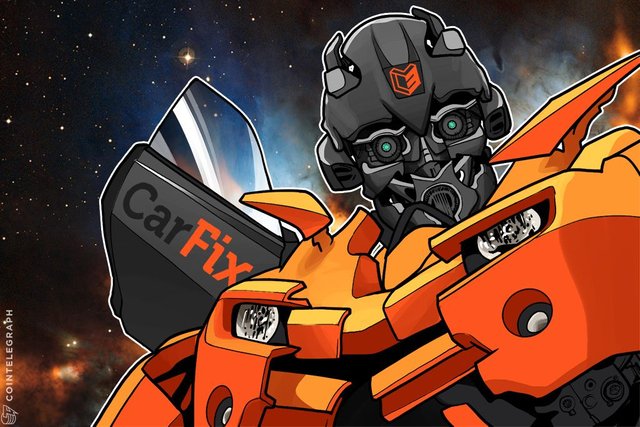Decentralized and Distributed Databases, Explained

What is a database?
A database is an organized collection of information or data.
Nowadays there is a large stream of information, and the challenge is to store it in a way that you can easily find and use it whenever you need it. The databases can be divided into three types:
Centralized. All the data is a unified body that is stored on one computer. To get the information you have to connect to the main computer called server.
Locating Data in Databases
Decentralized. It means that there is no central storage. Some servers provide information to the clients. The servers are connected with each other.
pic1
Distributed. There are no data storages. All the nodes contain information. The clients are equal and have equal rights.
pic2
How are classic databases applied in real life?
Though they have been used for a long time, there are a number of issues.
Security. If someone has access to the server with the information, any data can be added, changed, and removed.
Reliability. If there are a number of requests, the server can break down and no longer respond.
Accessibility. If the central storage has problems, you will not be able to get your information unless the problems are solved. In addition, different users have different needs, but the processes are uniformed and can be inconvenient for the clients.
Data transfer rates. If the nodes are located in different countries or continents, the connection with the server may become a problem.
Scalability. The centralized networks are hard to scale since the capacity of the server is limited, and the traffic cannot be infinite.
Decentralized and distributed databases can solve these problems.
Can decentralized databases solve the security issue?
Well, they do not have any centralized storage.
And it means that all the data is distributed between the nodes of the network. If something is added, edited or deleted on any computer, it will be reflected in all the computers of the network. If there are some legal amendments accepted, new information will be spread among other users throughout the network. Otherwise, the data will be backed up to coincide with the other nodes. Thus, the system is self-sufficient and self-regulating. The databases are protected from deliberate attacks or accidental changes of information.
What about the reliability, accessibility and data transfer rates?
Decentralized networks can withstand the significant pressure on the network.
All the nodes of the network have the data. So, the requests are distributed between the nodes. Therefore, the pressure doesn’t fall on one computer, but on all the network. In this case, the total capacity of the network is much larger than the centralized one has.
Since the number of computers in the decentralized or distributed network is large, DDoS attacks are possible only in case their capacity is much larger than that of the network. But that would be a very expensive attack. In a centralized model the response time is very in this case. Therefore, it can be considered that decentralized and distributed networks are safe.
The users might be located all over the world, and don’t forget about possible Internet connection issues. In decentralized and distributed networks the client can choose the node and work with all required information.
And scalability?
A centralized network cannot expand significantly.
In a centralized model, all the clients are connected to the server. Only the server stores all the data. Therefore, all requests about receiving, changing, adding or removing the data passes through the main computer. But the server resources are finite. Consequently, it is able to carry out its work effectively only for the specific number of participants. If the number of clients is larger, the server load may exceed the limit during the peak time. Decentralized and distributed models don’t have this problem since the load is shared between several computers.
How can these decentralized and distributed databases be applied?
The databases accelerate the communication between different parties in the production lane.
Let’s consider the following example. In the entire life, the car passes many stages: from assembly, sale, insurance, all the way to utilization. At each step, a lot of documentation and reports are developed. If any clarification is needed, the requests to different authorities are sent. It takes a lot of time. Locations, language miscommunication, bureaucracy may become serious problems.
The Blockchain is able to avoid these problems. All the information about each car is stored on the network. This data cannot be removed or changed without a participant’s approval. And you can access the information you need anytime. And smart contracts facilitate the Blockchain implementation. A really great example of how this actually works is CarFix. The team is working on developing the whole vehicle life cycle using Blockchain. To find out more go here.
Disclaimer. Cointelegraph does not endorse any content or product on this page. While we aim at providing you all important information that we could obtain, readers should do their own research before taking any actions related to the company and carry full responsibility for their decisions, nor this article can be considered as an investment advice.
Hi! I am a robot. I just upvoted you! I found similar content that readers might be interested in:
https://cointelegraph.com/explained/decentralized-and-distributed-databases-explained